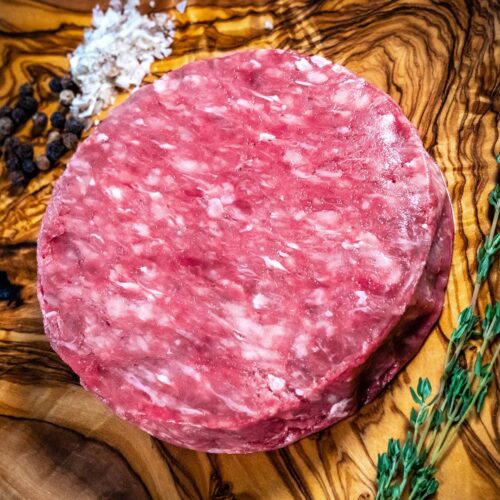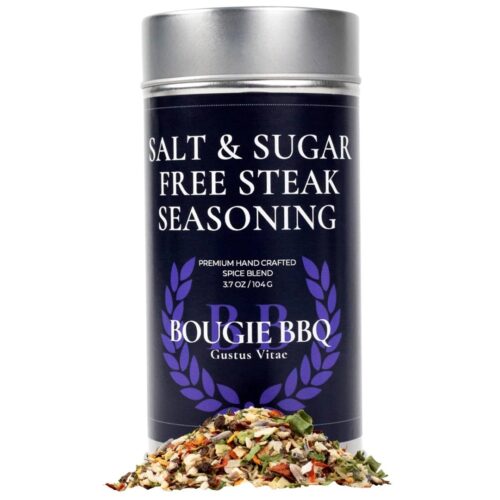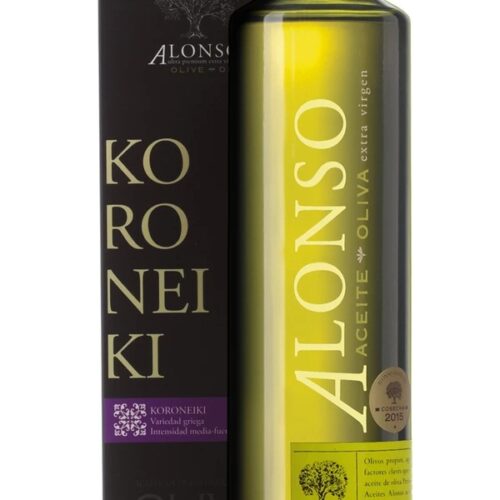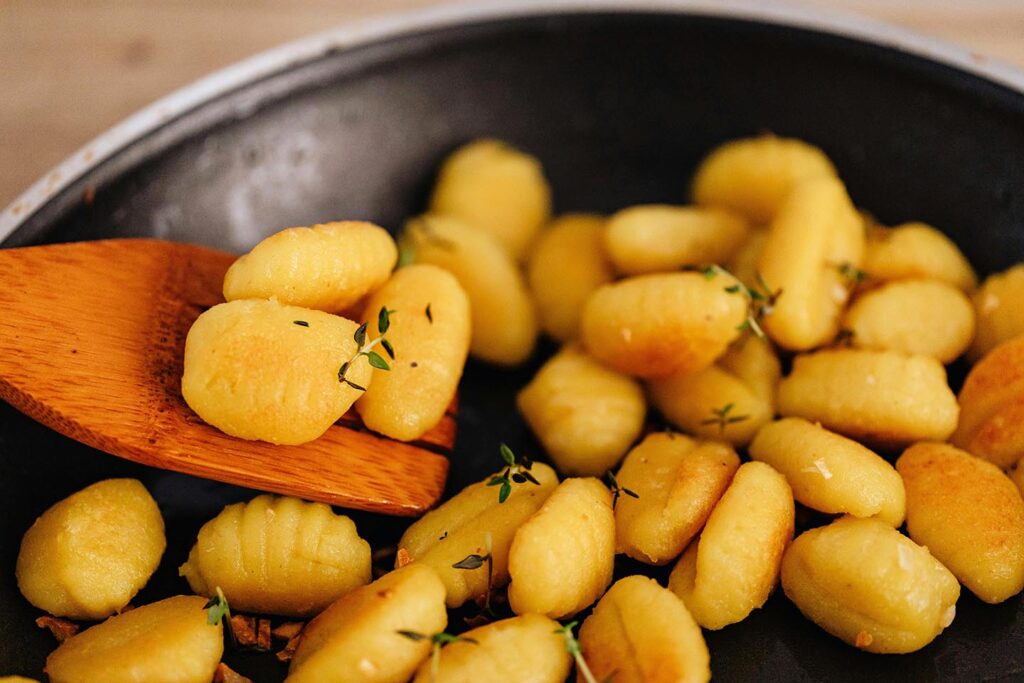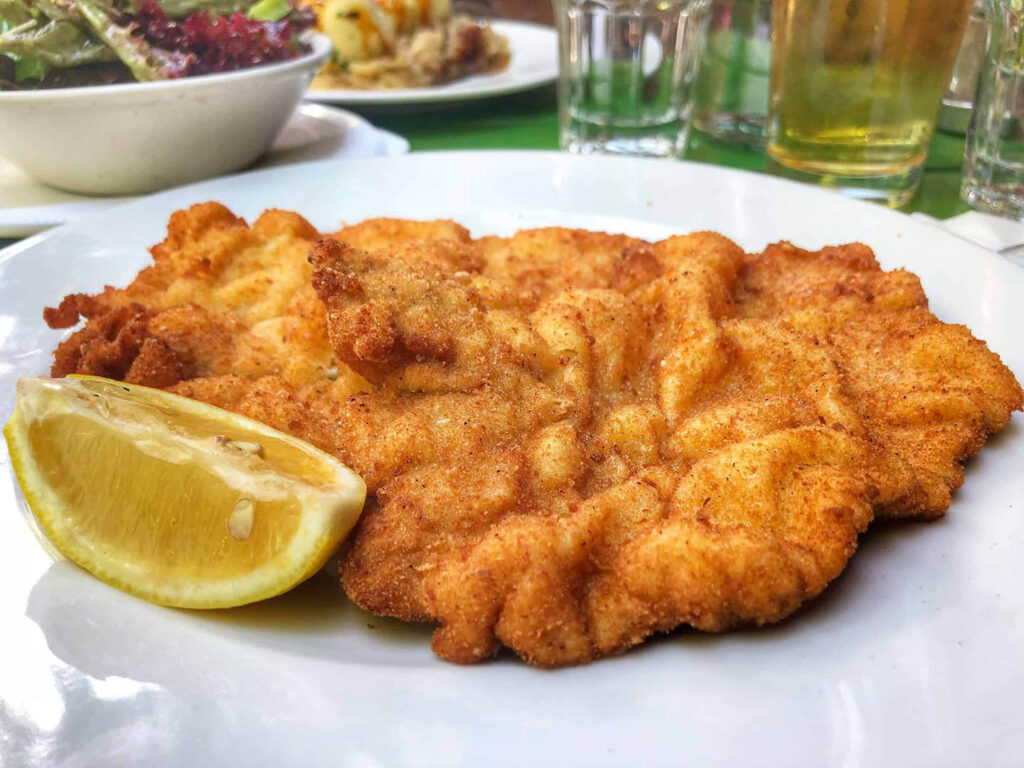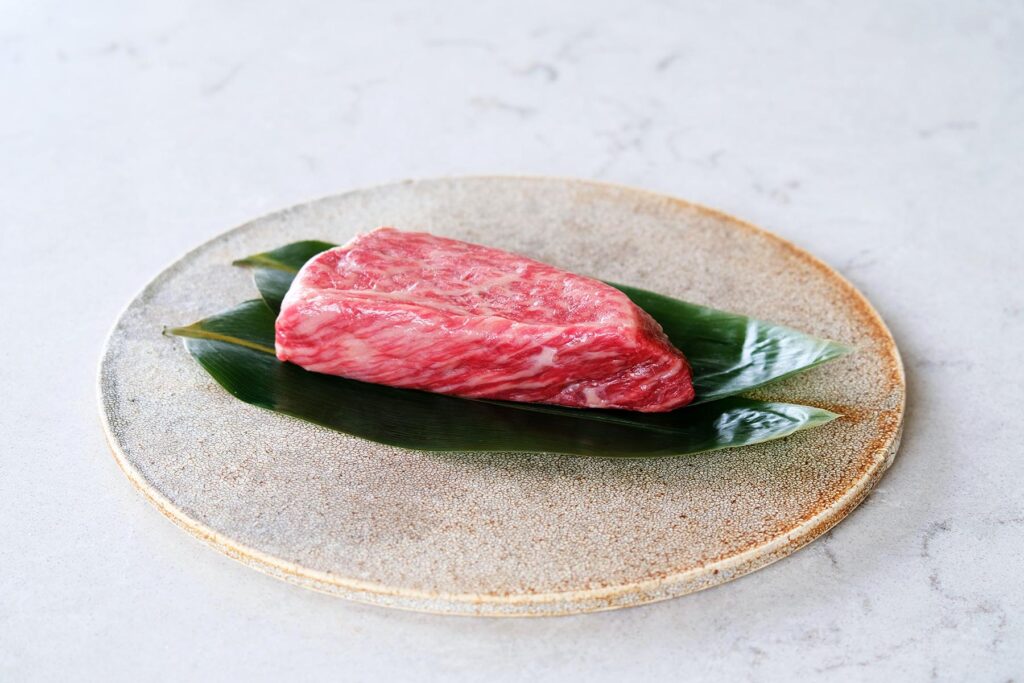
Wagyu is a breed of cattle that originates from Japan. The name, when translated, means “Japanese cattle” (wa = Japanese, and gyu = cattle). Wagyu cattle are known for their exceptional meat quality, including a high degree of marbling, tenderness, and a unique flavor profile.
How long has this breed been around?
The history of Wagyu beef dates back centuries in Japan and is characterized by a long tradition of cattle breeding and husbandry. The ancestors of modern Wagyu cattle were brought to Japan over a thousand years ago, likely in the 2nd century AD. These cattle were initially used for draft purposes and to provide milk.
Over time, cattle began to play a more significant role in agriculture. The Japanese developed a selective breeding culture to improve their cattle quality. This process involved carefully selecting and breeding cattle with desirable traits, including marbling, tenderness, and animal size. Different regions in Japan began to develop their own strains of cattle, each with its unique characteristics. These regional varieties eventually introduced specific Wagyu strains like Kobe, Matsusaka, and Omi.
Japan underwent modernization efforts in the late 19th and early 20th centuries, affecting its cattle industry. Western cattle breeds were introduced, leading to some crossbreeding with Wagyu cattle. However, strict regulations have preserved the purity of the most prized Wagyu strains.
What sets Wagyu apart from other varieties of beef?
Wagyu beef is distinct and highly regarded worldwide for several key characteristics that set it apart from other types of beef:
- Marbling: The most distinctive feature of Wagyu beef is its exceptional marbling. Marbling refers to the fine streaks of intramuscular fat within the meat. Due to selective breeding, Wagyu cattle have a genetic predisposition to produce a high degree of marbling, which gives the meat its characteristic rich, buttery texture and flavor. The marbling in Wagyu beef is often so abundant that it appears as white veins throughout the meat.
- Tenderness: Wagyu beef is known for its remarkable tenderness due to the high level of intramuscular fat mentioned above. As the fat melts during cooking, it bastes the meat, which results in a melt-in-your-mouth quality that is highly prized.
- Flavor: That high level of intramuscular fat not only contributes to tenderness but also imparts a rich, intense, beefy flavor with just a hint of sweetness.
- Texture: Wagyu beef has a luxurious and velvety texture that is often described as “buttery” or “silky” and is a testament to its high-quality fat content.
- Breeding and Feeding: Authentic Japanese Wagyu beef is produced following strict breeding and feeding standards. The cattle are raised with great care and attention to detail, including specific diets designed to promote marbling. They are often massaged and given a stress-free environment to ensure the highest quality meat.
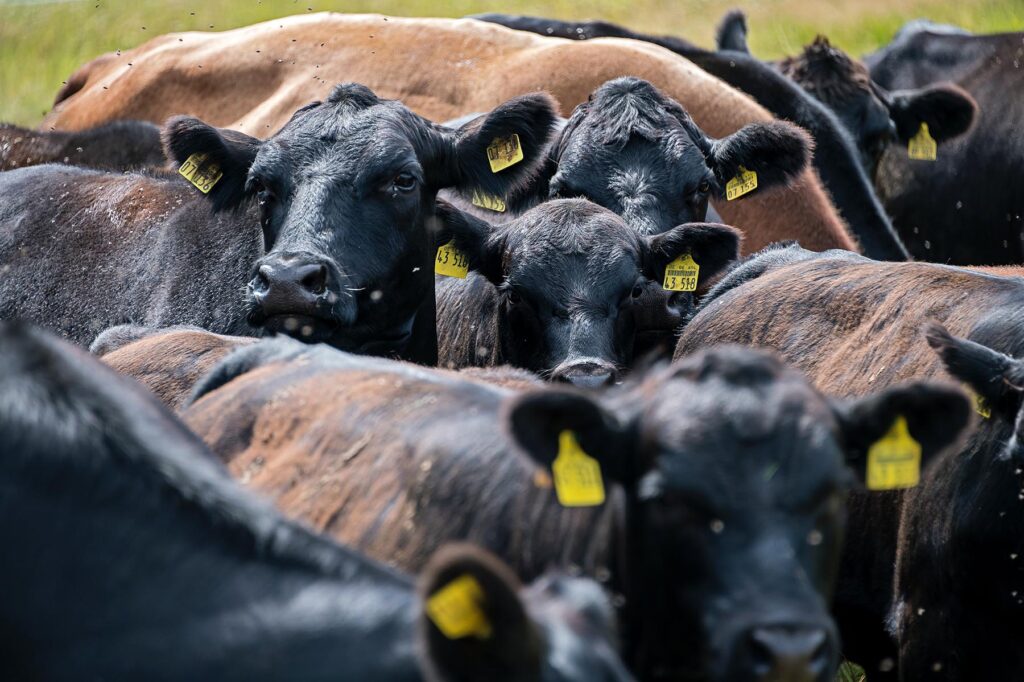
Is there more than one variety of Wagyu?
Different regions in Japan have their own strains of Wagyu cattle, each with unique flavor profiles. These regional variations add to the diversity of Wagyu beef offerings. These varieties include (but are not limited to):
- Kobe: Kobe beef is perhaps the most famous and sought-after type of Wagyu beef. It comes from the Hyogo Prefecture in Japan and is known for its extraordinary marbling, tenderness, and rich flavor.
- Matsusaka: Matsusaka beef, raised in the Matsusaka region of Japan, is another premium Japanese Wagyu variety known for its intense marbling, exceptional quality, and sweet flavor profile.
- Omi: Omi beef is produced in the Shiga Prefecture and is known for its tender meat and rich, umami flavor.
- Hida: Hida beef, hailing from the Gifu Prefecture, is also recognized for its marbling and delicious taste.
All Japanese Wagyu strains are highly prized and often regarded as some of the best beef in the world. They are typically more expensive than other types of beef due to their unique characteristics and the meticulous care and feeding of the cattle.
Can you find Wagyu cattle outside of Japan?
Wagyu beef has gained international recognition for its exceptional quality. It has become a sought-after delicacy in many countries, leading to the export of Wagyu genetics and the establishment of breeding programs worldwide. Today, Wagyu cattle are raised not only in Japan but also in other countries, including the United States and Australia. These cattle are often crossbred with other local breeds to create specific Wagyu varieties, such as American Wagyu or Australian Wagyu. While these strains may not match the exact characteristics (marbling and quality) of traditional Japanese Wagyu, they still produce high-quality, exceptionally tender, and flavorful beef.
How is Wagyu best enjoyed?
While Wagyu beef is often associated with high-end dining, it can be prepared in various ways, from grilling or pan-searing to ground patties for barbequing to thinly sliced for sukiyaki or shabu-shabu. Its exceptional quality and flavor make this prized beef incredibly versatile and allows it to shine in a wide range of dishes.
Throughout its history, Wagyu beef has been defined by careful breeding, regional variation, and a dedication to producing some of the world’s finest beef. Its reputation for marbling, tenderness, and rich flavor continues to make it a highly prized and premium product in the global culinary world.
What are your thoughts on Wagyu? Let us know in the comments!

